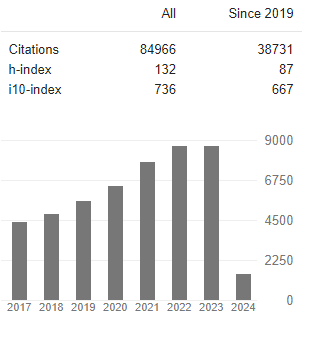Combining Genetic Similarities among Known Relatives that Connect to a Pair of Unknown Relatives
Abstract
Stephen P Smith, Cambrian Lopez and Nicole Lam
Smith, Lopez and Lam described how to combine genetic similarities, measured in centimorgans (cM), among declared relatives in an outside pedigree, and to concentrate those cM values into a single cM measurement for an envoy that is a representative of the outside pedigree. An unknown relative is presumed to be a descendant of the envoy, but has the cM values with relatives in the outside pedigree. That prior effort was a univariate analysis, where there is only one unknown relative with matches with others in the outside pedigree. The present paper presents a bivariate analysis, where there are two sisters that have matches with others in the outside pedigree. The cM values are now paired, where any DNA tested member of the pedigree has two cM values that match to both sisters. The bivariate analysis offers more efficient use of information, compared to two univariate analyses done for each sister in turn. This advantage comes with an increase in model complexity, in that a model is developed for treating three mutually exclusive categories representing genes found in the sisters: for genes in the first sister but not in the second sister; genes common to both sisters; or genes in the second sister but not in the first. The model is applied to the inheritance of the cM values in the pedigree. Even though the number of random effects is increased by a factor of three, the number of fixed effects that actually spend two degrees of freedom is unchanged from the univariate analysis. This is on top of the doubling of the number of observations for the bivariate analysis compared to one univariate analysis.




